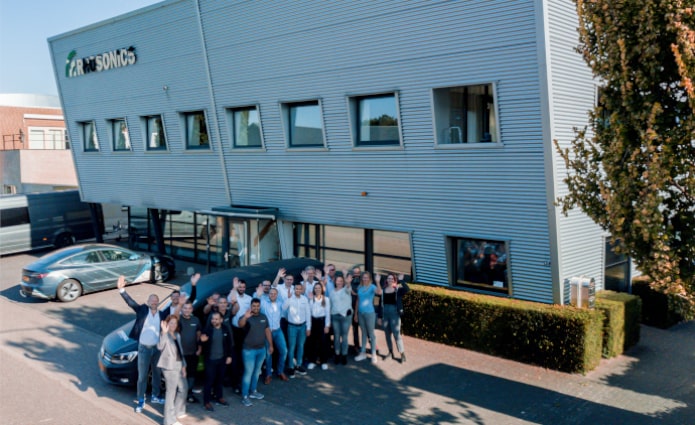FLOTATION CIRCUIT
Real-time density measurement can help to verify changes in the slurry from the grinding circuit to the flotation cells. The effect of flotation feed density on metallurgical performance was previously investigated. Results of test work have shown that the pulp density affects key parameters of the flotation circuit in both the pulp and froth phases (Runge et al, 2012). One of the findings was that froth phase recovery presumably improves because of a stabilizing effect due to a greater loading of solids on bubble surfaces.
Optimal flotation means reducing the amount of gangue sent together with valuable minerals to further stages of the process. An enriched product is always produced with the lowest energy costs, containing the most valuable materials (the concentrate). If you combine a density meter and a flow meter in the flotation feed and line of the final product of the flotation, this will allow a mass balance calculation and calculation of the efficiency of the circuit.
Let us know if you want to receive our free whitepaper about five reasons to measure density in the flotation circuit.
Measuring density in flotation circuit
Are you looking for a higher recovery rate in the flotation process by means of automation and instrumentation? A full optimization for a maximum recovery in the flotation process is achievable when a novel of instruments and analyzers get used together. Such as density gauges, level gauges, flow meters, froth cameras, etc.
The froth flotation process
In previous process stages, fine particles got created, and valuable minerals released from their carriers, also called the gangue. In general, flotation is for separation and recover. The valuables are then concentrated and separated from unwanted (gangue) particles.
This is possible by using chemicals and froth. Basically, this process exploits differences in surface properties between minerals and gangues. The froth flotation principle is a complex combination of the laws of surface chemistry, crystallography and physics. The process efficiency depends on aspects such as density, electrical conductivity and physical and chemical properties. Without a flotation process, many metals and inorganic raw materials would be extremely scarce and expensive. There are currently not many high-grade deposits processed by simple physical and mechanical methods.
Purpose of process control
The main objective when controlling the flotation process is to maximize the quality of the throughput. An enriched product is then created by decreasing the amount of gangue. To achieve these objectives the slurry needs to be continuously monitored and controlled. This allows process stabilization and ensuring optimal flotation conditions.
Measuring points
In the flotation cell, there are several possible installation points for density meters. For example, in the feed slurry and tailings. Please check the overview of measuring points in the figure below.
Why density measurement?
Instruments, such as density meters help the process personnel and operators to efficiently monitor and control the flotation process. Additionally, it also helps optimize it and prevent process failures. When used together with an advanced control system, density readings allow to automatically control valves, pumps and help to have an efficient chemical or air dosing. This results in the improvement of the process that can lead to a higher enrichment and recovery of the desired mineral.
Measuring flotation feed
The density measurement in the flotation feed is a known installation point in mineral processing plants, and it is very important for mass balance. The mix of a density meter and a flow meter in the flotation feed and line of the final product of the flotation, not only allow for a mass balance calculation, but also for the calculation of the efficiency of the circuit.

Choose your product for the flotation circuit
Get in touch with Rhosonics for further information. If you want to learn more about our applications, then please also check our case studies and webinars.



